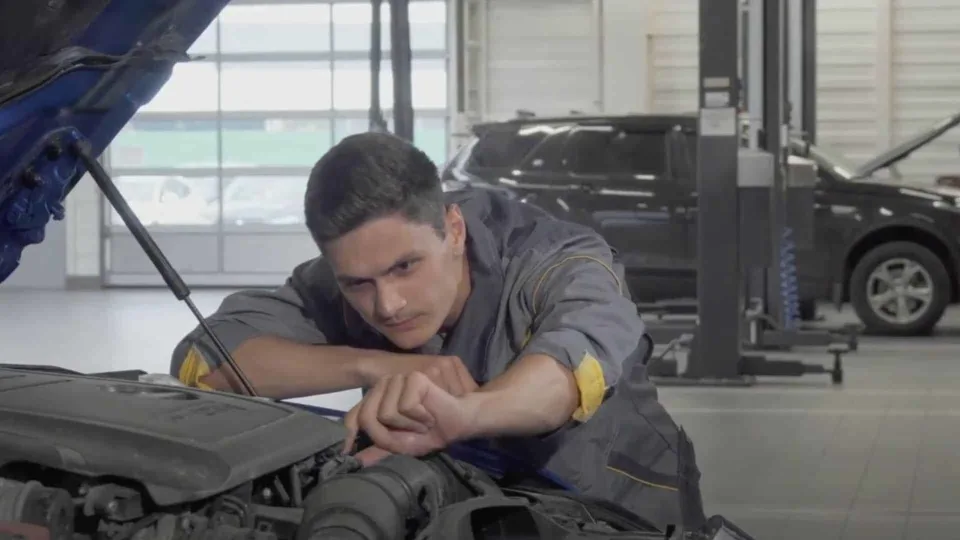Buying a used car can be a smart financial move, but it’s essential to avoid getting stuck with a lemon—a car plagued with hidden problems that could cost you thousands in repairs. Even a well-polished used car may hide serious issues, so conducting a thorough inspection is critical.
To help you spot potential red flags, we’ve compiled 12 tips from experienced mechanics that can save you from a costly mistake.
1. Check the Coolant for Contamination
Pop the radiator cap and inspect the coolant. If you see an oily sheen or brown sludge, it could indicate a leaking head gasket. Pink-tinted or foamy coolant suggests transmission fluid contamination. Both are signs to walk away.
2. Inspect the Oil Fill Cap for Sludge
Remove the oil fill cap and check for brown, frothy sludge, which indicates coolant mixing with oil due to a failing head gasket. This is a serious issue that can lead to engine failure.
3. Check the Dipstick for Oil Issues
Examine the oil using the dipstick. If the oil level is unusually high or there’s sludge present, it’s a sign of coolant contamination or poor engine maintenance. These problems can lead to expensive repairs.
4. Transmission Fluid Inspection
Healthy transmission fluid should be pinkish. Dark, foamy, or overfilled fluid points to contamination, often from coolant. A contaminated transmission is a disaster waiting to happen.
5. Look for Torn CV Boots
Torn CV boots expose the CV joints to dirt and moisture, leading to joint failure. Check the front axle for damage and move on if you find torn boots.
6. Test Wheel Bearings for Play
With the car on a lift, shake the wheels to test for looseness. Bad wheel bearings can lead to unsafe driving and costly repairs, so this simple test is crucial.
7. Measure Brake Pad Thickness
Worn brake pads, especially those thinner than 1/8 of an inch, need immediate replacement. Neglected pads can damage the rotors, turning an affordable fix into an expensive one.
8. Inspect the Tires for Uneven Wear
Uneven tire wear could indicate alignment issues or worn suspension components. These problems may lead to unsafe driving conditions if not addressed.
9. Look for Water Pump Weep Hole Leaks
Coolant leaking from the water pump’s weep hole means the pump is nearing failure. Replacing a water pump is costly, so spotting leaks early is a good reason to reconsider.
10. Inspect the Serpentine Belt for Wear
The serpentine belt powers multiple engine components. Look for signs of cracking, fraying, or slack tension, as a worn belt could leave you stranded if it fails.
11. Check for Burnt-Out Brake or Turn Signal Lights
Burnt-out lights suggest the car hasn’t been properly maintained. While this may seem minor, it could be an indicator of other neglected issues.
12. Inspect the Air Filter for Dirt
A clogged air filter can reveal the car’s overall maintenance history. If the filter is dirty to the point where light doesn’t pass through, it’s a clear sign of neglect.
How to Avoid Buying a Lemon
By following these 12 inspection tips, you’ll be better equipped to spot hidden issues that could turn your used car purchase into a costly headache. Always take your time, bring a checklist, and consider hiring a trusted mechanic to inspect the vehicle before you buy. It’s better to invest in a thorough inspection than to face expensive repairs down the road.

[…] you’re in the market for a used car, especially following natural disasters like hurricanes or floods, it’s essential to exercise […]